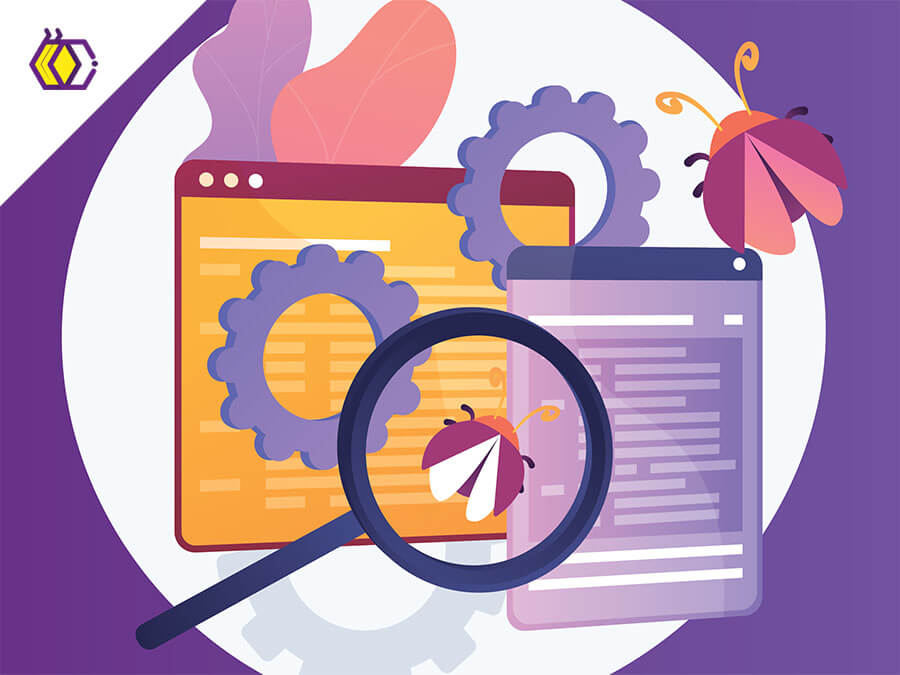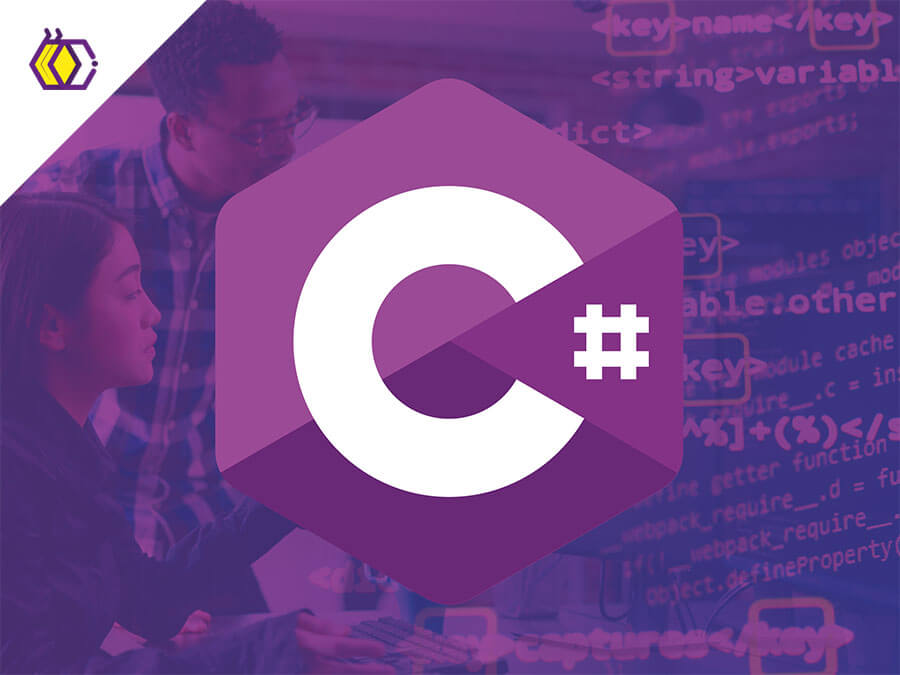
Generating value through data analysis
Author: Roberto Wik
(6 minutes of reading time) In today's digital world, every customer, user or consumer action can be translated into data, fueling a vast expanse of metadata ready to explore new ideas, products and services. Businesses have an almost unlimited amount of data and information in their hands; the big challenge is to define a model that goes beyond simply obtaining raw data, transforming them into informational wisdom. In other words, how to transform data into intelligence and use them in your favor to improve the experience and satisfaction of customers, users or consumers and generate value for the company or business. According to a global survey carried out by Gartner with 196 organizations, 91% of companies have not yet reached the desired maturity level in this transformation of data into insights, understanding the past, foreseeing the future and defining actions in their business strategy in the search for expected results. In this context, it is possible to realize that companies still have a long way to go, as the strategically structured data collection allows not only to understand which products or services consumers or users are interested in, but also to understand their interests, motivations, behaviors and expectations regarding your brand, product or service, as well as taking actions, while interactions are taking place, to maximize attention and positive experience or minimize negative perceptions and interactions and transform it into a better experience. The importance of Analytics To take advantage of this data can be a scary, even daunting proposition for most organizations. But the fact is that, to outperform the competition, organizations need to adopt an analytical culture, oriented towards a detailed analysis of the business strategy, highly focused management, and willingness to adapt and change. Analytics is the key to generate value through data. Otherwise, the data would just be meaningless and worthless information. According to Ash Gupta, director of risk at American Express, the first change they made was to make the data better. The second was to work with the people and ensure that they were centralizing some aspects of the business, their capabilities and democratizing its use. Another aspect was that they recognized, as a team and as a company, that they didn't have enough skills that required collaboration both inside and outside the company, including technology innovators, data providers, analytics companies. In the last 2 years, with the COVID-19 pandemic, millions of people started to consume on the internet. Many of them had never done an online purchase, especially in developing countries. In addition to the opportunity for organizations to get to know their customers, users, and consumers better, a challenge also emerged: acting against cyber criminals. While the world saw online transactions growing, there was also an increase in the number of online frauds. Fraud analysis combines technology and analytical techniques with human interactions to help detect potential improper transactions, such as those based on fraud and/or bribery before transactions are completed, or after they occur. The Power of Visual Analytics For many, creating dashboards and reports is the goal and ultimate destination of data analysis. Will it be? Asking “how” is the first step in exploring the data. The next is to ask “why”. To deep dive, we need to repeat this question over and over again. When we need to know more about what the data is revealing, we use visual analytics. Visual analysis is a dynamic iterative process in which you build different views to explore endless paths of “how” and “whys” that follow them. Visual analysis can help you explore, find answers, and build stories with available data and even identify missing information for a given analysis. And visual analysis goes even further; allows everyone who uses it to ask their own questions, making unexpected discoveries. The two most used approaches to visual data analysis are data visualization and visual analysis. Each plays an important role in data exploration. Both help to visualize and understand the data. To get to the root of an issue or problem, it's helpful to explore data directly from visual dashboards, beyond the confines of a fixed set of filters and categories, standard report templates and chart types to answer the questions themselves. An example of this is letting the company know exactly how all the components of a campaign contribute to sales and what happens when they are adjusted. With this, the aim is to improve the customer service experience, anticipate their needs, improve their loyalty and engagement, and take actions with faster resolution times.
When we create visualizations that consistently reveal meaningful information, their visibility and their value contribution to the business increase.
Result for the business
In increasingly competitive markets competing for consumer preference, data proves to be the fundamental foundation for competitiveness and growth. And the search for value generation goes through a journey, where it is initially recognized only as information, passing to the knowledge stage and, in a more advanced stage, as wisdom.
The fact is that, with the acceleration of companies' digital transformation, data has become an important ally to generate value for the company, improve sales, reduce stock outs, improve consumer perception and serve as a source of analysis for taking decisions.
Organizations that can quickly transform data into intelligence will have greater agility, better integration with partners and suppliers, and greater ease of use of predictive and analytics systems. This all translates into value, competitive advantage, and differentiation from competitors.
References:
Analytics Insights – McKinsey
Driving Value Through Data Analytics - Cognizant
CDO’s research – Gartner
Organization maturity model – Computerworld
Fraud Analytics – Deloitte
Why visual analytics – Salesforce/Tableau whitepaper

Author: Roberto Wik is a business executive, a management, digital transformation and technology consultant, entrepreneur and investor. (linkedin.com/in/roberto-wik)
Share this article on your social networks:
Rate this article:
Other articles you might be interested in reading
- All (185)
- Career (38)
- Competitions (6)
- Design (7)
- Development (112)
- Diversity and Inclusion (3)
- Events (3)
- History (15)
- Industries (6)
- Innovation (38)
- Leadership (8)
- Projects (23)
- Well being (18)

Testing your Software
(7 minutes of reading time)
Software testing is the process of verifying the functionality of a software program. It is an important step that helps ensure the quality of the software so that it meets customer requirements...

Social Life being a Freelancer
(5 minutes of reading time)
Do you find it difficult to manage your social life while working as a freelancer and from home? Come read our text today to see some tips on how to deal with this situation!...

Waterfall x Agile
(7 minutes of reading time)
There are two popular development methodologies: agile and waterfall. Both have their pros and cons, but how to choose the ideal one for your project?...

ESG
(5 minutes of reading time)
ESG is the acronym for Environmental, Social and Governance. Nowadays, these three aspects form the basis of a strategy that has been extremely important in many companies around the world. At beecrowd it has been no different. Come and read our text today to understand more about ESG and how we are involved in it!...

C SHARP
(7 minutes of reading time)
C#, or C-Sharp, is a programming language developed by Microsoft as part of the .NET platform. Its purpose is to facilitate the development process. Come read our article today to understand a little more about C# and its constants and variables...

JWT
(7 minutes of reading time)
One of the approaches to protect data is through Token Based Authentication, which uses a JWT token. But, after all, do you know what it is?...



 Development, Projects
Development, Projects 










